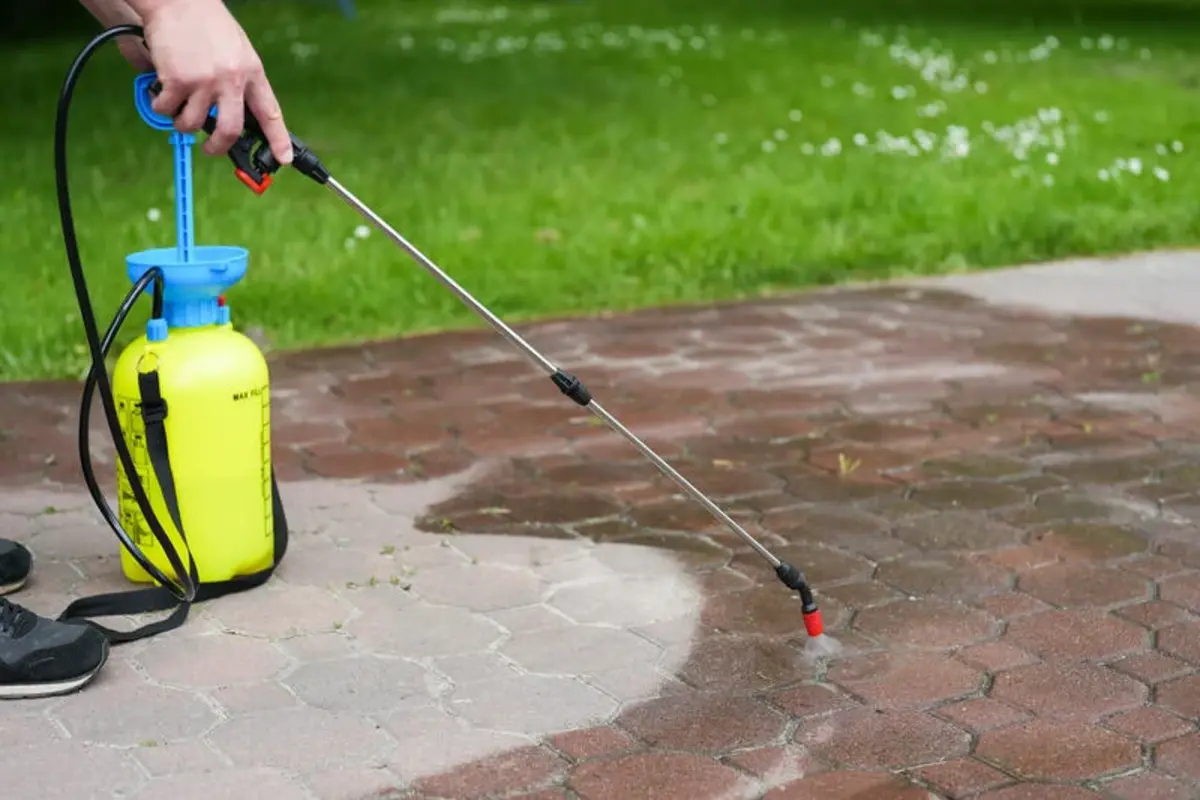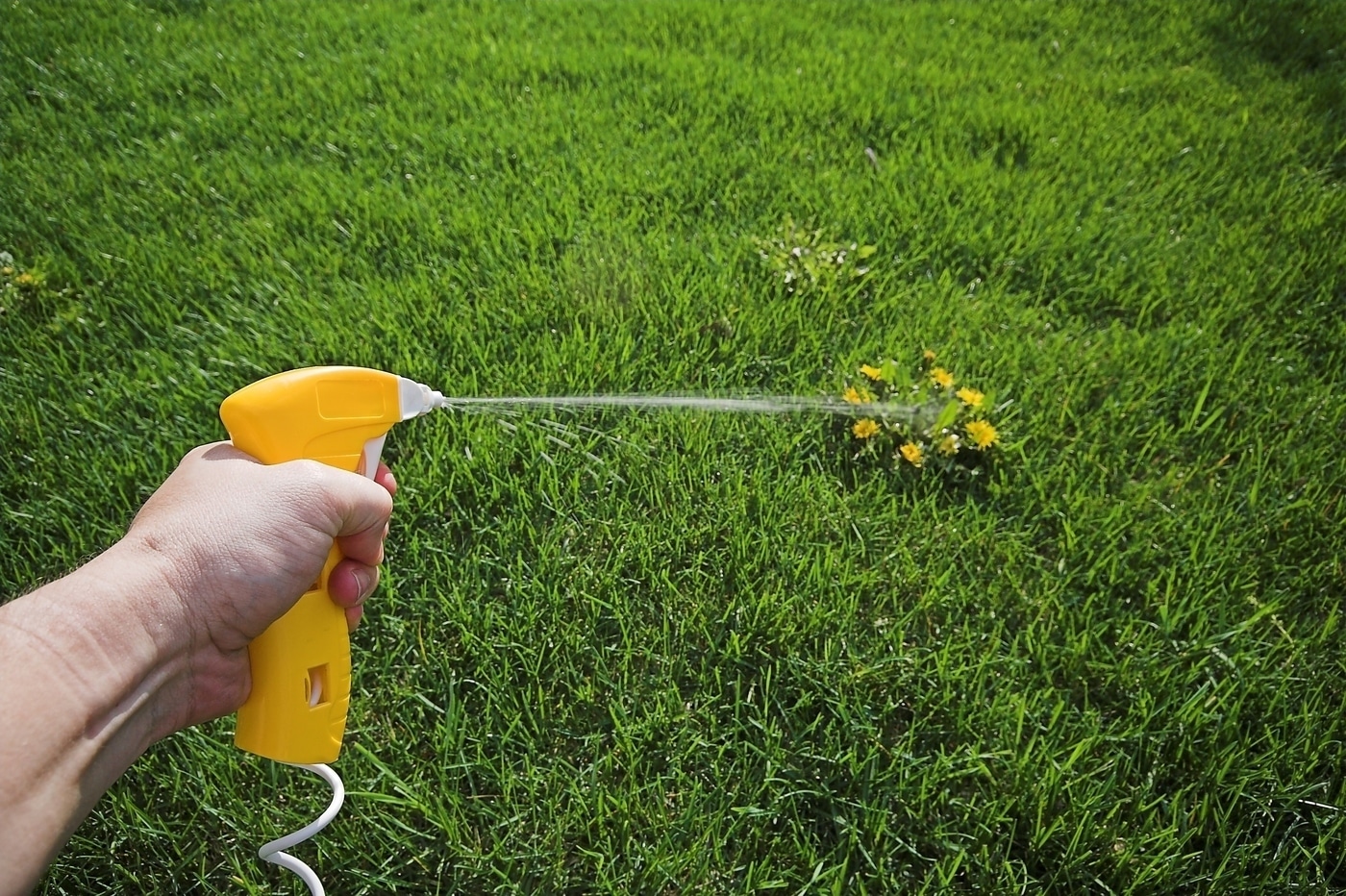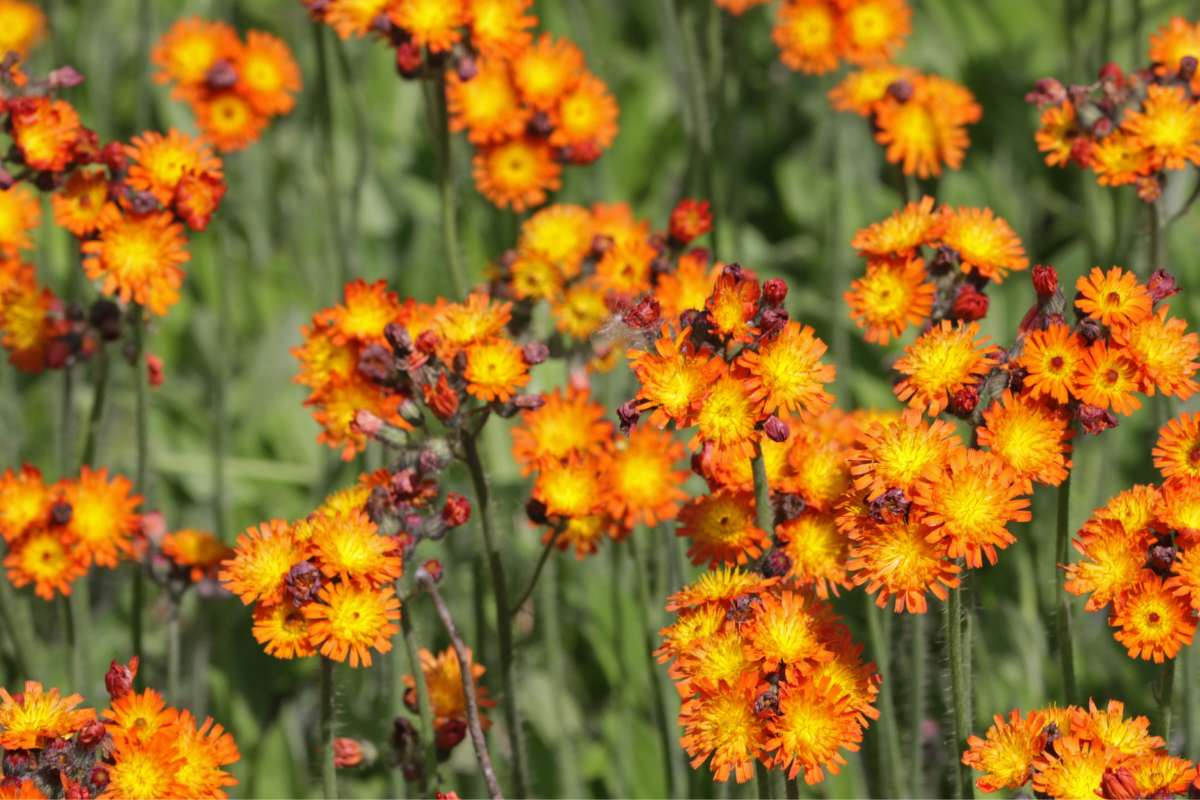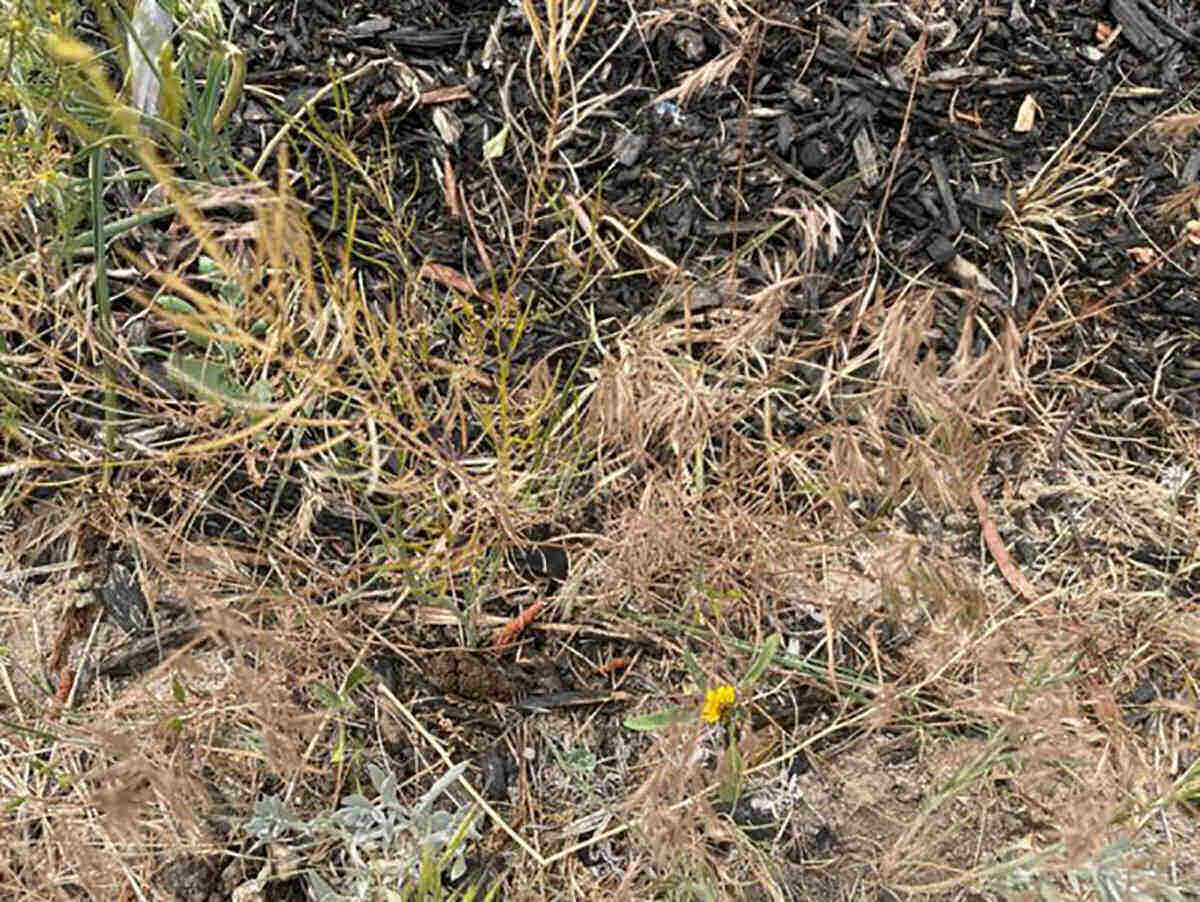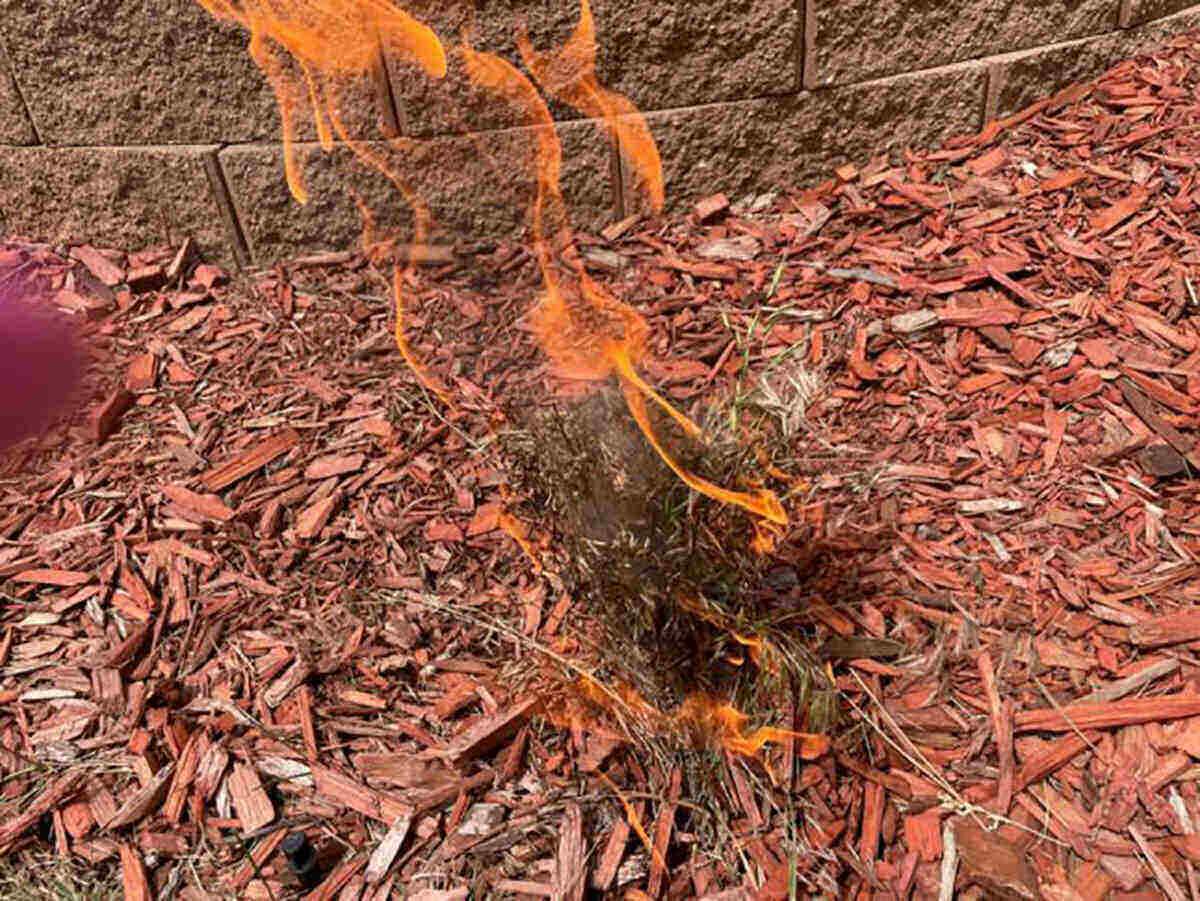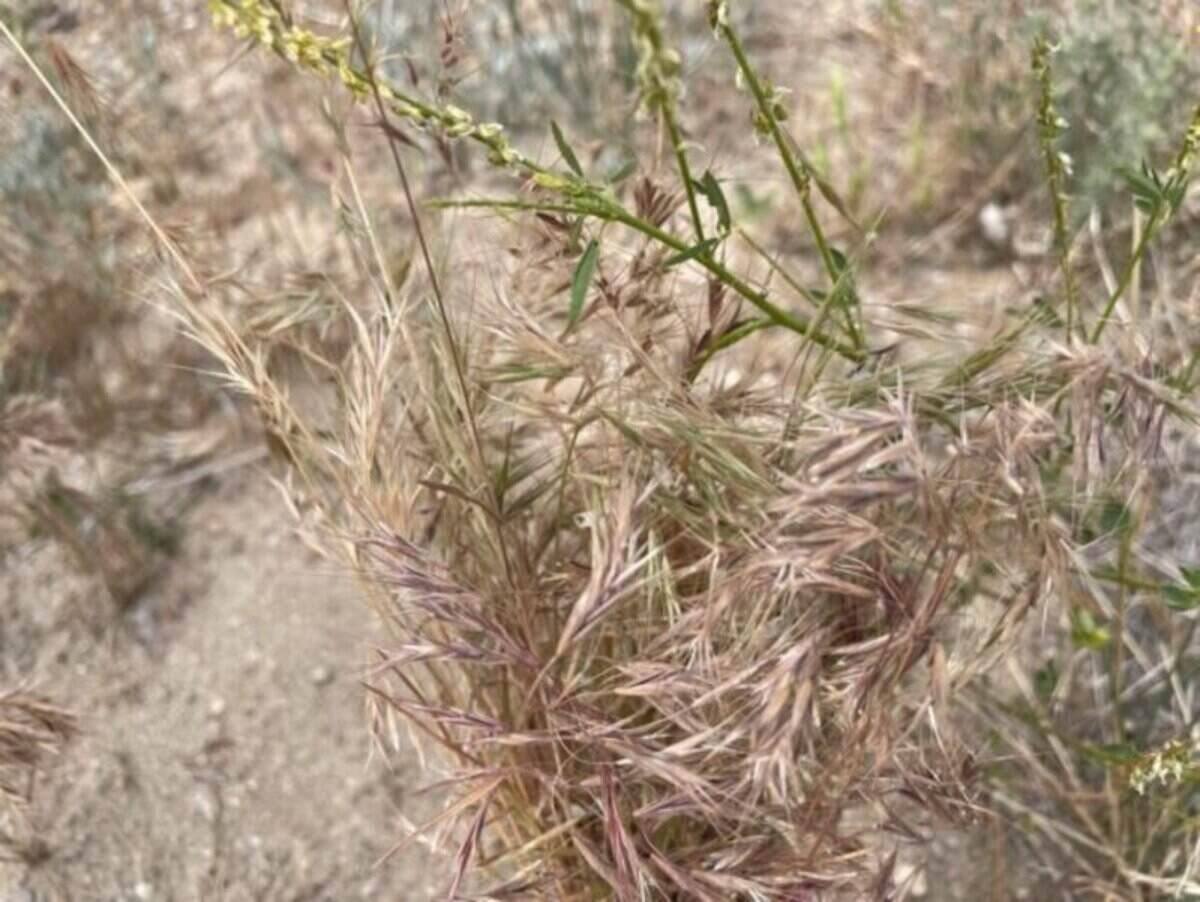
You can try hand pulling it, pouring vinegar over it, and spraying it with herbicides, but cheatgrass often makes its way back to your yard. So how do you get rid of cheatgrass for good? You can start by identifying your enemy and making sure you really are targeting the right invasive weed.
Most unwanted growth can be dealt with the same way, but an infestation of cheatgrass should be tended to with extra care. In this article, we’ll tell you how to determine if you have cheatgrass, how to get rid of it, and why you should.
3 Ways to Eliminate Cheatgrass?
A cheatgrass problem will be easiest to manage in the fall, before the seed pods grow. However, cheatgrass is easiest to identify in the spring. You can control cheatgrass by attacking it on three fronts: prevention, eradication, or using an integrated approach.
Prevention
An ounce of prevention can save you hours of time spraying and pulling cheatgrass off your clothing and pets. Five steps can help you avoid an infestation.
- Spring weeding – Pull small areas by hand. The roots are shallow, so like other bunchgrass types, it’s easy to get the entire plant before it sprouts and spreads its seeds.
- Apply a pre-emergent –Plateau herbicide stops cheatgrass and other invasive plants from germinating.
- Stop seed movement – When traveling in areas with known or suspected cheatgrass, brush off boots, tools, vehicles, and other surfaces before returning home. Cheatgrass is often found in open wildlands, prairies, roadsides, and in areas that recently experienced fire damage.
- Promote native growth – reseed the area after weeding with native grasses and plants. Perennial and annual grasses and plants will grow well and effectively choke out the unwanted weeds.
- Water – Cheatgrass prefers dry conditions, and an area with moist grass and plants is a deterrent.
Eradication
Once the seeds have sprouted, you’ll have to work harder to get rid of cheatgrass. You have four options:
- Manual – Gather the plants and bag them. You want to throw this waste out to prevent it from getting mixed with other organic matter and germinating. Cheatgrass is extremely flammable and can be difficult to contain. Do not burn these plants.
- Mechanical – Similar to pulling, you can use equipment, including mowers and tillers, to remove plants and roots. If you are mowing, bagging the clippings will prevent the seeds from spreading. This will not damage the root systems or remove the seeds that have made their way into the ground, so you’ll also need to apply a chemical method. Tilling will remove the roots, but it may be more difficult to contain seeds.
- Chemical – Once the plants have developed seed heads, a product containing glyphosate or imazapic will kill it, but It will likely take more than one application. We don’t recommend using vinegar, because you would need such a strong, industrial concentration, that it would be harmful to you, your pets, and other vegetation.
- Integrated approach – Whether you’re dealing with pests that have four legs, or pests that grow in the sun, it usually takes a multi-faceted approach to win the war. That means combining the weeding, spraying, and tilling until the cheatgrass is gone.
Identifying Cheatgrass?
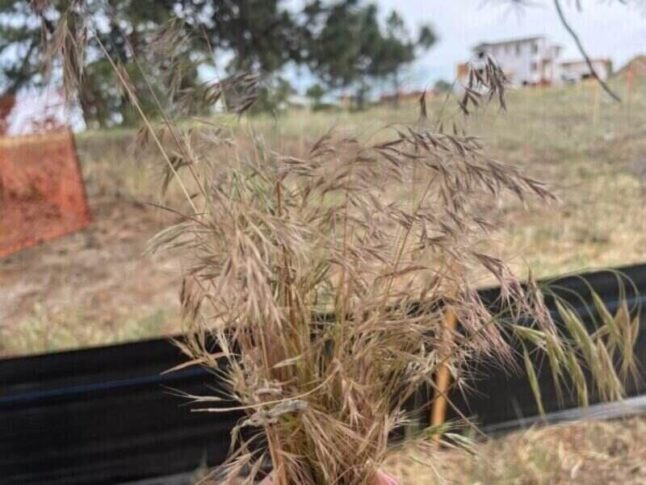
Cheatgrass (Bromus tectorum) is a winter annual grass that is invasive throughout the United States. Sometimes called downy brome or drooping brome. It’s native in Europe and parts of Asia, and researchers still aren’t sure how it got to the States.
This invasive grass grows quickly and densely. As many as 10,000 plants can grow in an area of just one-yard square. Because cheatgrass usually germinates in the fall, it has an advantage over native plants that germinate in early spring. It has a shallow root system that absorbs water before established plants gain access.
Cheatgrass isn’t picky about soil types and grows well in soil with high levels of nitrogen. Young cheatgrass is bright green and will be found in small bunches. In the spring, when more moisture is available, cheatgrass will begin to grow and turn a reddish brown color.
This is also when cheatgrass develops its seed pods. At this point, cheatgrass will reach heights of about 10 to 20 inches. The seedheads appear soft and fuzzy, drooping over from their weight. Each plant can produce as many as 5,000 seeds.
Why Should You Remove Cheatgrass?
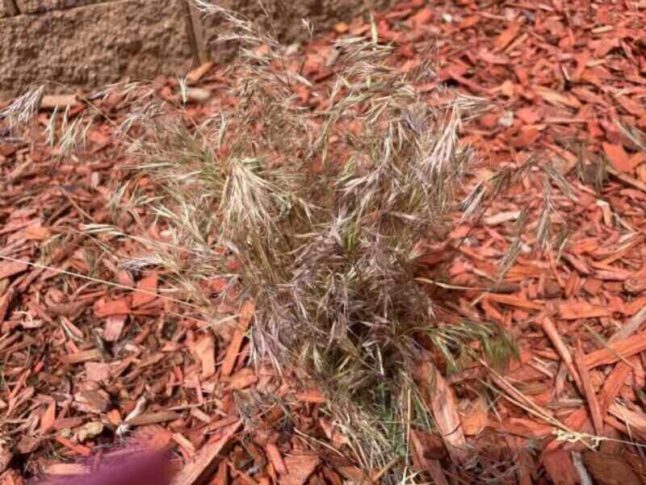
Unlike other invasive grasses like wheatgrass, barley grass, and foxtail, these plants pose hazards to the local environment and are dangerous to pets.
Cheatgrass is Invasive
Local ecosystems are delicately balanced and any change can be detrimental. A cheatgrass invasion and rapid growth causes intense competition for native plants in sagebrush range, with cheatgrass often winning the battle. Animals rely on native plants for both food and shelter.
The invasive quality of cheatgrass has led to its classification as a Class C noxious weed by the U.S. Department of Agriculture. This denotes that cheatgrass is a known issue, and the primary goal is to prevent its spread.
Fire Risk
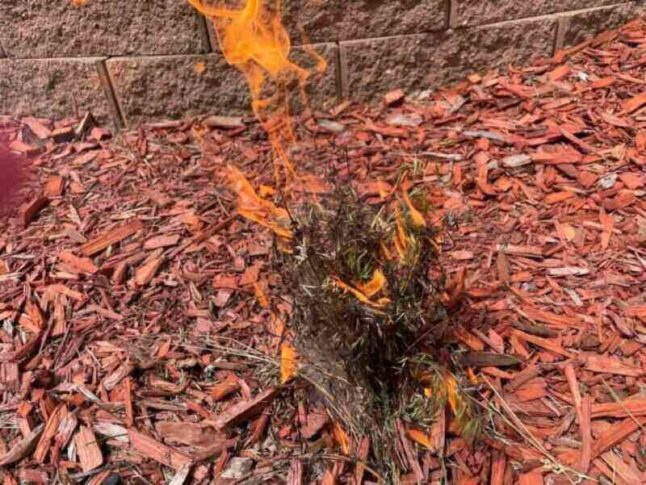
Cheatgrass is highly flammable, and this is the primary reason it has been classified as a noxious weed. This is a major concern in areas already prone to wildfires. Even prescribed burns can get out of control if there is a large presence of cheatgrass. Just the heat from a car engine can be enough to ignite dead cheatgrass plants.
Cheatgrass also prolongs the natural fire season. Wildfire season typically begins in late spring or early summer. Because cheatgrass dies before native plants, the kindling creates wildfire conditions earlier in the year. It’s essential to remove any cheatgrass within 30 feet of your home and other structures.
Danger to Pets
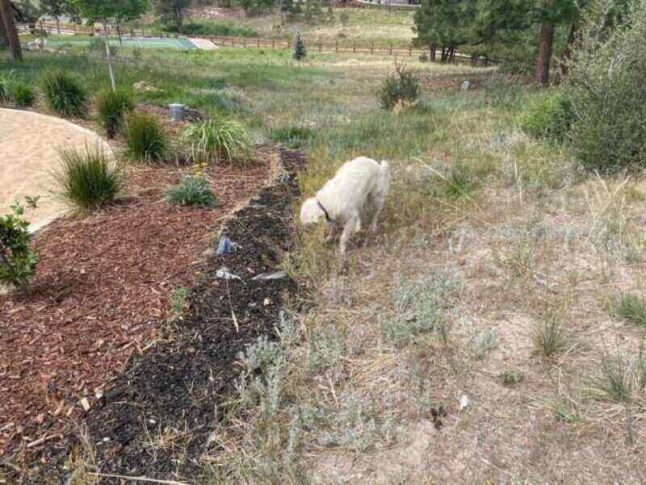
While cheatgrass isn’t toxic to animals, it poses threats to the health of domesticated animals. Its seeds are covered in awns that cling like velcro to most surfaces. Dogs’ ears, noses, and paws are ideal places for these seeds. In time, cheatgrass seeds can migrate into the tissue, causing irritation and sores.
It is rare, but dogs can also inhale cheatgrass seeds. This can lead to pain in the abdomen and lungs, potentially resulting in death.
When returning from a hike or walk in an unfamiliar area, check your pup for seeds. This is similar to checking for ticks. Remove and dispose of anything you find.
If you know you have cheatgrass in your yard, try to keep Fido away from the plants, but also check him when returning from a play session.
FAQ
Avoid disturbing the plants. You don’t want to accidentally carry the seeds to a new location where they can germinate. If possible, contact the local office of the U.S. Forest Service.
It depends on the amount of cheatgrass you’re dealing with and where on your property you’ve found it. You also need to consider children and animals that play in your yard. Most homeowners find success with glyphosate and impazpic found in products such as Roundup. In the fall, a pre-emergent such as Preen can be helpful.
It’s possible. If you are able to identify cheatgrass early, you should be able to clear the space easily. By promoting the growth of native, desirable plants or other grass types, you should solve the problem quickly.
If the cheatgrass has taken over a large area, it will take longer to restore your yard, but with the fire threat, danger to animals, and negative effects on the environment, the battle is worth it.
Check the USDA hardiness zones, and then see what plants are native to your area. If properly nurtured, perennial grasses can win the fight against cheatgrass.
Aside from increasing the possibility of fire, no. Cheatgrass is not toxic to humans. Remember that any kindling can take a small backyard bonfire to a catastrophic event if not managed properly.
Cheatgrass can easily go from a small nuisance to a major problem. To get rid of cheatgrass once and for all, it might be best to bring in a local LawnStarter pro to help.
Main Photo Credit: Brenda Ryan / LawnStarter
